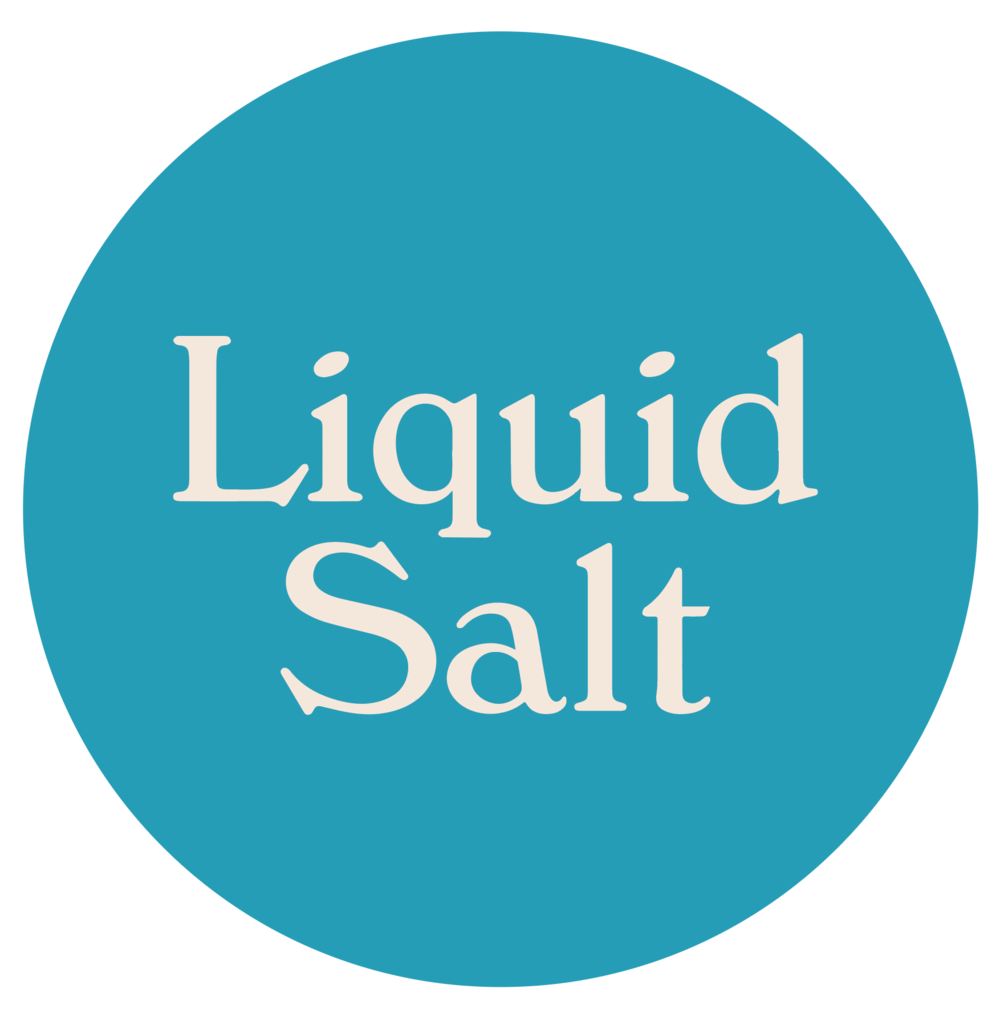Mickey Muñoz
Interview by Glenn Sakamoto
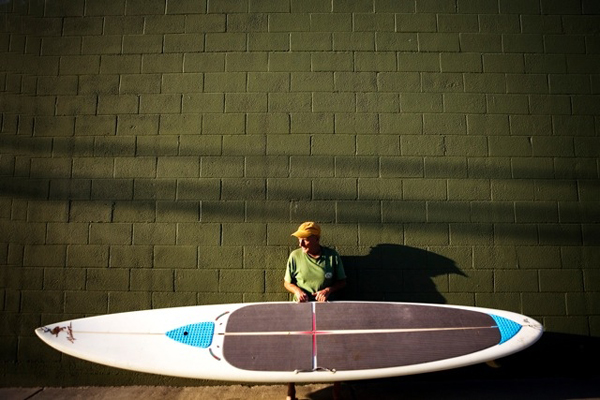

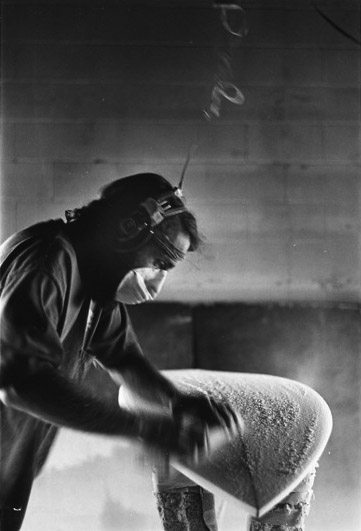
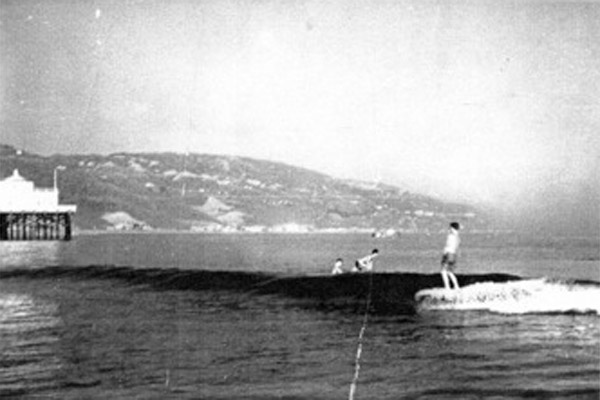
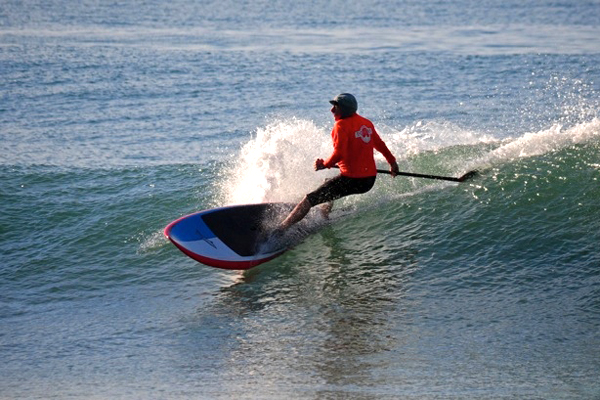
Mickey Muñoz is a California surfer/shaper who is quite simply, a legend in surfing history. A pioneer of big-wave surfing in Hawaii and the inventor of the “Quasimoto”, Mickey’s positive attitude throughout the years has kept him stoked no matter what craft he’s riding. We spoke with Mickey to find out more.
What was it like growing up?
I was born in New York. My dad was an officer during the Second World War. After the war was over, my mom’s family had moved to California, so we later joined them. We settled right on the border of Venice and Ocean Park, about two blocks from the beach. My mom was a real outdoors person—a swimmer—and she got me into swimming and swim competition. Through that experience, I met Ricky Grigg, also a swimmer, and we would hang out by the Boardwalk. I learned to bodysurf and got into anything that would float and make me go faster.
Tell us about your first surfboard.
My first board was called a Surf King Junior, a hollow plywood paddleboard. This was in 1947 or 1948. At that time, we moved from Venice to a place called The Uplifters Ranch near Pacific Palisades and the Santa Monica Canyon. We were walking distance to the beach. With the right-sized surf and right tide, State Beach was a reasonable surf spot. Bob Burns was the chief lifeguard. He let me keep my board in the guard station, and he also showed me how to make and shape a fin and affix it to my board. The board weighed about the same as I did—around 60 pounds. I would have to drag it down the beach to surf it. I would be so tired at the end of the session, I would have to end-for-end it. (Editor’s note: This means picking up one end of the board, pivoting it around and dropping it. Then, one does the same with the other end. This is done until the board is up the beach.) (Laughs)
I got my first real surfboard, a Joe Quigg balsa board, in the winter of 1950. It probably weighed about 18 pounds. It was a huge difference. It allowed a little person like me to be able to carry it, paddle it and turn it so much easier. Boards were changing over from heavy redwood boards and the kookboxes to the light Malibu Chips. Because of that equipment change, we were able to advance quicker than our predecessors.
What was the feeling you had when you first stood on a surfboard?
It was the freedom, the creativeness, the illusion of speed. It was all about being in the water.
You are small in stature. Has that helped or hindered your surfing?
I was small for my age. In high school, the heroes at that time were the football players or the basketball guys. Surfing, at that time, was not widely known and so few surfers were around so there wasn’t much hoopla about it. But I was pretty good in the water. I was a good swimmer and I grew up around watermen—people like Pete Peterson. I learned to dive and bodysurf, and I was also interested in the craft of building boards. I finally realized in high school, after I got back from Hawaii, that riding big waves was probably equal to any other physical activity that any of the heroes of the day were doing. The whole experience made me feel … taller.
Is it true you dated Kathy “Gidget” Koehner?
I am not sure. We may have dated a couple of times, but I was one of Sandra Dee’s doubles in the first Gidget movie. I used to look good in a bikini, but now my skin is wrinkled and my tits are saggy! (Laughs)
What do you love about surfing?
The “stoke” I had on my first wave has never worn off. There are no bad waves — only a poor choice of equipment and a lousy attitude! When you ride a wave, it’s all reflex. It’s a creative, spontaneous act. It’s living about as free as you can live. It’s non-think. In that moment, you are in harmony with the heartbeat of the earth.
Tell us more.
I was in Indonesia a few years back at a world class surf break. One of the last waves I caught on the trip was exceptionally big. Typically, I am very positive, always thinking, “I’m gonna make it!” This particular wave seemed unmakeable. I thought to myself, “There is no way in hell I’m gonna make this thing.” But I kept driving through this barrel and did make it—the best tube of my life!!!! I came out of it with a grin on my face that still hasn’t washed off. Einstein said something like this, “If you could exceed the speed of light, you could pass time and come out younger.” No question in my mind. I did come out of that tube younger than when I entered!
What are you most grateful for?
People who love me. People I love. My health … and I am thankful that I can still surf.
Of all the places you’ve traveled to, what would be your favorite?
I am a person of the world. It doesn’t matter where you are. It’s where your head’s at.
What’s your favorite board in your quiver? What are you currently riding?
I’ve been doing so much stand-up surfing that I have probably only ridden a conventional board four or five times this year. The stand-up thing is changing rapidly. As the ability of the riders goes up, the board designs are being elevated. Right now, I am riding a Jimmy Lewis 9′ SUP, and my own shaped and designed 9’6″. And I have an 8’9″ version—of the 9’6″—being glassed that I am really excited about riding. All three boards look like performance shortboards and ride like them.
What would you say to all of the surfers who call stand-up surfers “sweepers”?
It really doesn’t matter where you ride, what you ride or how good you ride it. It’s measured in increments of smile!
What’s your favorite meal?
My wife and I are quasi-vegetarians. I love brown rice, veggies, tofu, pasta and salads. We eat some seafood and some dairy products. To surf, you need to stoke the fire with quality food to keep physically and mentally tuned.
What kind of music do you listen to?
A broad spectrum—from classical to Latin.
What’s next for Mickey Muñoz?
More of the same. Bring on change. Life is good!
All images courtesy of Mickey Muñoz.
